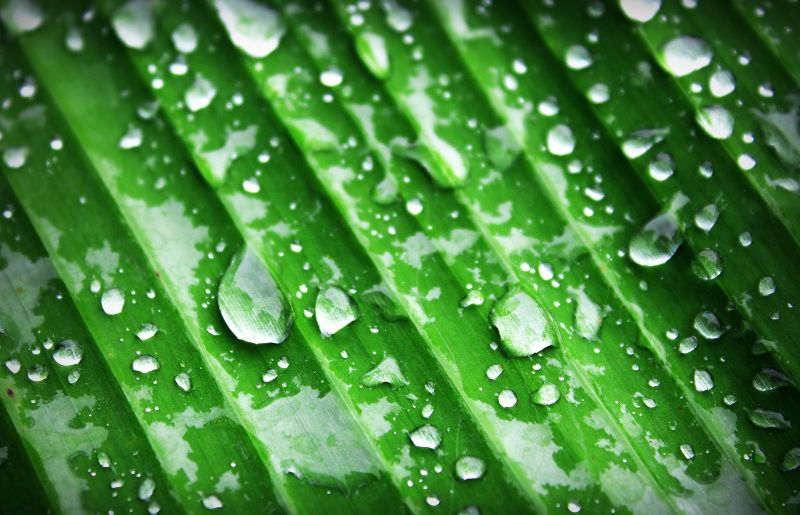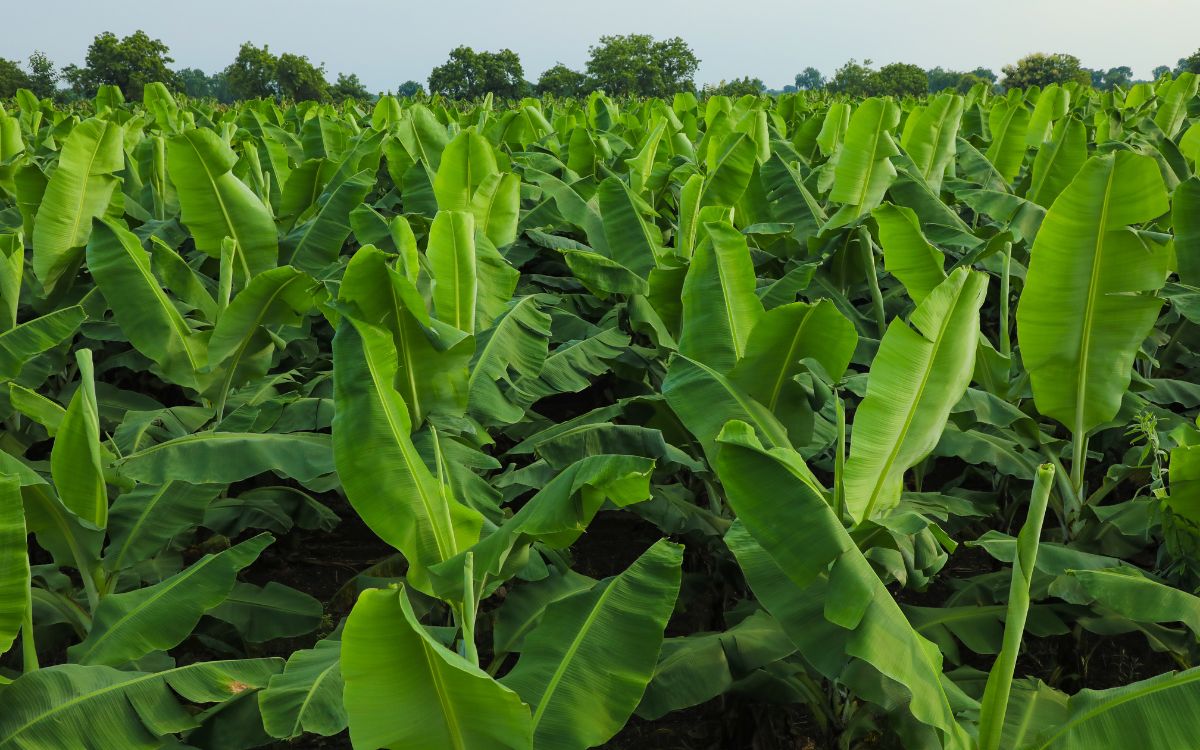Banana plants are one of those plants that come with a flesh stem. These are the plants that thrive in warm weather and provide people with nutritious fruits. But these, too, can die relatively quickly, and that would be because of improper watering. But there are signs of overwatering and underwatering banana plants.
Here are some signs and how to prevent that from happening to your banana plant. You can learn about those below.

Signs of Overwatering Banana Plant
There are quite a lot of symptoms that you will notice when your banana plant is overwatered.
Soggy And Moldy Soil
Overwatering always leaves the water soggy, and if that remains like that for a more extended period, the soil also becomes moldy. If that keeps on going, the plant will die. The dampness won’t go away until and unless you put it under the sun.
The best thing to do here is to place the plant under the sun for a day. This will make the soil dry, and hopefully, the plant will survive.
Yellow Leaves
Banana plants have big leaves, and their leaves won’t turn yellow overnight. If your plant is overwatered, the lower banana leaves will start slowly. You will understand that if you pay close attention to the plant. There are chances of the leaves becoming infected as well.
To stop the plant from dying in this situation, you can stop watering the plant for a day or two. You can also wait for the soil to dry up.
Brown Spots
Brown parts of banana plants generally mean rotten. So, if you spot brown parts of banana leaf, it’s better to prune it out. Overwatering or water clogging is the reason that this happens. This could easily lead to root rot, and the plant will die eventually.
To avoid that, you can check the soil of the plant. If the soil feels wet, don’t water the plant and let it dry out before you try watering it.
But what should you do if your banana leaves have turned brown? To know about that, read What To Do When Indoor Banana Plant Leaves Turns Brown.
Root Rot
Root rot indicates overwatering. Once that happens, the plant will die for sure. There is absolutely nothing that you can do to save it. To avoid such situations, you need to ensure that you are not overwatering the plant. This can be avoided by simply checking the soil before watering.
Signs of Underwatering Banana Plant
Underwatering happens mostly during warm weather, and here are some common signs of underwatering.
Curling Of Leaves
Curly leaves occur when the plant has been watered properly. When they receive less water, they curl to maintain moisture. If this continues, the leaf will lose its color and eventually die.
To ensure that it doesn’t happen during warm weather, you need to deep water the plant. This will ensure that the plant’s soil remains moist until the next session of watering. Also, ensure that the plant has proper drainage, or you might end up overwatering the plant.
Dropping Of Leaves
Underwatering will cause the leaves of the banana plant to drop. Generally, banana leaves are upright, but when they are low on moisture, they will drop down. This doesn’t mean that the leaf is dead.
Just water the plant properly, and that would be good enough. Also, be conscious while watering as you may end up overwatering. Never let the banana tree sit in still water, as this will kill the plant.
Wood ash is very beneficial for plants. To know which plants love wood ash, read Which Plants Like Wood Ashes?
Splitting Of Leaves
Splitting of banana leaves can occur for quite a lot of reasons. But the main reason behind that is underwatering or lack of moisture. This is not a bad sign, but you need to be careful. If not, then the plant will die eventually.
If the leaves are bothersome, you can just prune them.
How Often to Water Banana Plant?
During warm weather, banana plants need deep and slow watering every two and three days. You can also water them daily if you need to do so. But before watering the banana plants, check whether the soil’s top inch of the soil if it’s moist or not.
Banana plants grow the most during the cooler months, and in the months that cross a temperature of 50, they stop growing. However, too much watering can also lead to root rot, so make sure that they don’t stand in still water.
How to Water Banana Plant?
Bananas require a lot of water to stay healthy. On wet days, rainwater is quite enough for the plant, but on sunny days or warm weather, you need to water them quite a lot. You can use a bucket to water your plant or use the hose in your yard.
An irrigation system will be the best choice if your garden has multiple banana plants. Sprinklers or drip lines can also be set up above or below the ground for consistent irrigation.
Apple cider vinegar is a beautiful product for your garden. To know more, read Why You Should Use Apple Cider Vinegar on Plants?
Wrap Up
Banana plants are a tremendous asset to all gardens and households. It is essential to take care of banana plants properly. These plants are pretty sturdy but will die if not taken care of properly.
Prevention is better than cure, a term we are very familiar with. So, if you have banana plants, just water them properly. They don’t need anything else other than proper watering. If you are aware of some better ways of watering banana plants properly, then do leave the below.

Leave a Reply